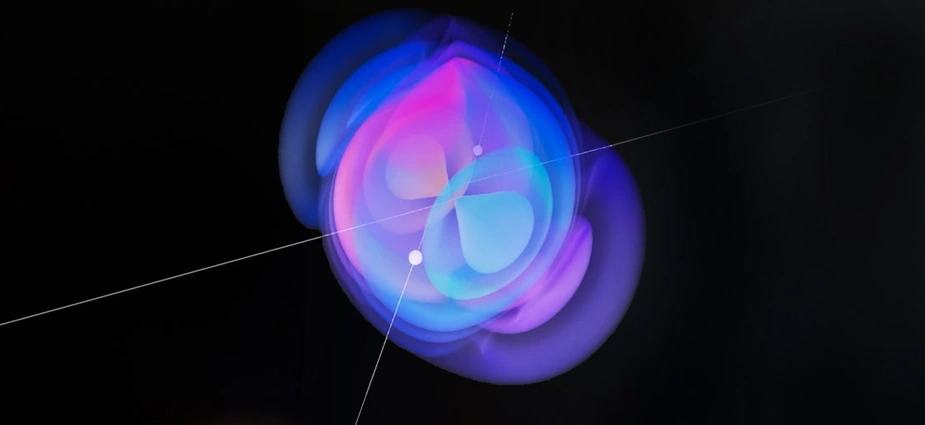Breakthrough in Gravitational Wave Physics
Black Hole Scattering at Unprecedented Precision
In a groundbreaking achievement, an international team led by IRIS Adlershof member Jan Plefka has computed the dynamics of two black holes scattering off each other at the highest level of precision ever attained. Their work, published as an Editor's Choice in the prestigious journal Physical Review Letters, provides new insights into the powerful gravitational interactions between these extreme objects.
Black hole scattering is a fundamental problem in Einstein's theory of general relativity, with wide-ranging implications for astrophysics and gravitational wave astronomy. Understanding the gravitational interactions and radiation emitted when two black holes encounter each other is crucial for interpreting observations from gravitational wave detectors like LIGO and future third generation wave detectors scheduled to go nonline in the 2030s.
The new calculations, performed by researchers from Humboldt University Berlin, the Max Planck Institute for Gravitational Physics, and CERN, push the theoretical description of black hole scattering to unprecedented accuracy – the fifth post-Minkowskian order and next-to leading self-force order. This enormously challenging four-loop computation required state-of-the-art integration techniques and high-performance computing resources.
“Resolving this problem represents a new frontier in multi-loop calculations and effective field theory techniques,” said group leader Jan Plefka. Co-author Benjamin Sauer commented “We had to optimize every aspect, from the integrand generation to developing new integration-by-parts methods.” In total millions of 16 dimensional integrals had to be reduced to a basis of 470 master integrals, which were then computed.
Remarkably, the researchers found that at this new level of precision, the resulting scattering angle exhibits striking simplicity, without the appearance of new transcendental functions beyond polylogarithms of weight three. All theoretical checks, both internal and by matching to previous results, were passed successfully.
With this breakthrough, the researchers have laid the groundwork for incorporating their calculations into advanced gravitational waveform models for the next generation of gravitational wave detectors. The higher precision will enable exquisitely accurate tests of Einstein's theory and new insights into nuclear and fundamental physics from binary inspirals.
“Our results bring the prediction of gravitational waves from black hole encounters to unprecedented accuracy,” said co-author Gustav Uhre Jakobsen. “This opens brilliant new avenues for extracting fundamental physics from gravitational wave observations in the future.”
The research was funded by the Deutsche Forschungsgemeinschaft in the context of the Research Training Group 2575 “Rethinking Quantum Field Theory” and the European Research Council Advanced Grant “GraWFTy” of Jan Plefka.
Publication:
Conservative Black Hole Scattering at Fifth Post-Minkowskian and First Self-Force Order
Mathias Driesse, Gustav Uhre Jakobsen, Gustav Mogull, Jan Plefka, Benjamin Sauer, and Johann Usovitsch
Phys. Rev. Lett. 132, 241402 – Published 13 June 2024. DOI: 10.1103/PhysRevLett.132.241402
Contact:
Prof. Dr. Jan Plefka
Research Training Group 2575 “Rethinking Quantum Field Theory”
ERC Advanced Grant “GraWFTy”
Humboldt-Universität zu Berlin
Department of Physics, Quantum Field and String Theory Group
Zum Großen Windkanal 2, D-12489 Berlin
jan.plefka(at)hu-berlin.de
+49 30 2093-66409
qft.physik.hu-berlin.de
www2.hu-berlin.de/rtg2575/
Source: IRIS Adlershof, 19 June 2024
